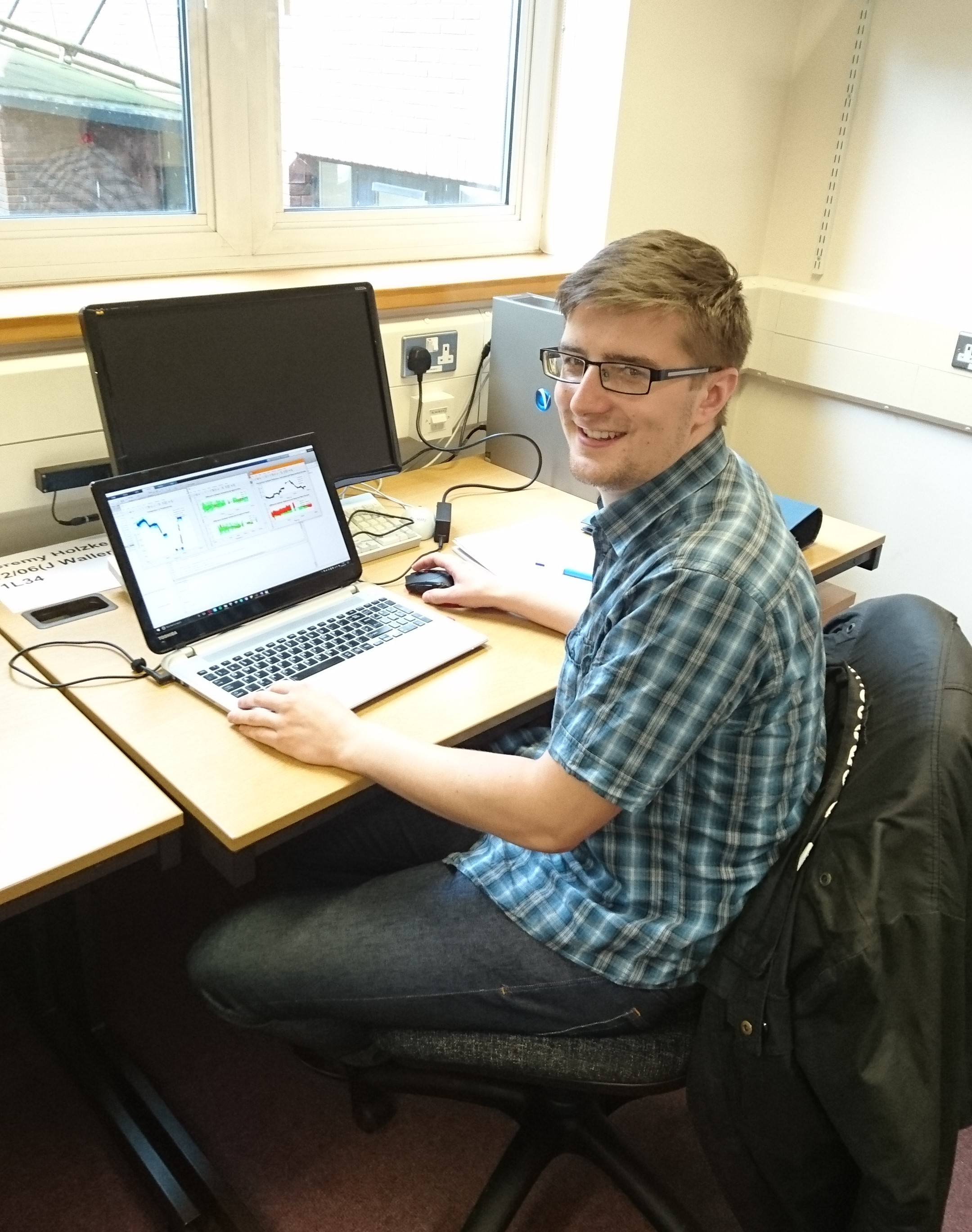Improving Aircraft Observations using Data Assimilation
By Jeremy Holzke
I am half way through my six week Summer research placement which is funded by the EPSRC DARE project. As a second year Robotics student at the University of Reading, I am interested in collecting data from various sources and processing it so it can then be used for a robot to interact with its environment. I am undertaking this project as it has a very similar goal to a robot sensing its environment apart that the processed data will be used for better estimates of temperature in our atmosphere. I am also taking part in this Summer placement to see if I would be interested to do research in the future as my career. I will be investigating how data from aircraft and data from a numerical weather prediction (NWP) model can be combined to give the best estimate of the true temperature at the location of the observation.
Collecting observations from aircraft for meteorological purposes is most definitely not a new concept; in fact, it has been around since World War 1. The number of observations collected has grown ever since, especially with the wide range of applications weather now/forecasting provides. Some of these include military applications, agriculture and in particular for air traffic management. A main advantage of using aircraft derived observations in the 21st century, is that there around 13-16 thousand planes around the world at any time that can transmit valuable meteorological data.
Most commercial airplanes transmit a report called Mode Selective Enhanced Surveillance (Mode-S EHS) which contains data such as the speed, direction and altitude of the plane, as well as the Mach number which can be used to derive temperature and horizontal wind observations. The advantage of using Mode-S EHS reports is that they are transmitted at a high frequency but because of the short nature of the reports, data precision is reduced. Hence, large errors can appear in the derived temperature.
The aim of this project is to take aircraft-derived observations and combine them with modelled weather data from the Met Office UKV (UK variable resolution model), to get a better estimate of the temperature observation. A technique known as Optimal Interpolation, that takes account of the relative uncertainties in the two data sources was implemented in MATLAB. I have carried out some initial tests of the method using observation data from the National Centre for Atmospheric Science’s research plane; the Facility for Atmospheric Airborne Measurements (FAAM).
References:
A.K. Mirza, S.P. Ballard, S.L. Dance, P. Maisey, G.G. Rooney, and E.K. Stone, “Comparison of aircraft-derived observations with in situ research aircraft measurements,” Quarterly Journal of the Royal Meteorological Society, vol. 142, no. 701, pp. 2949–2967, 2016, issn: 1477-870X. doi: 10.1002/qj.2864 [Online]. Available from Royal Meteorological Society
